14 Indoor Air Quality Hacks: Breathe Easier for Better Sleep & Focus
Breathing is the most natural thing we do—yet few of us ever do it with intention. What if the secret to better sleep, clearer thinking, and more emotional control wasn’t another supplement or screen-time hack, but the breath you’re already taking? In a world overloaded with noise, mastering your breath is one of the simplest, most powerful ways to reclaim your body’s rhythm. This guide unlocks 14 transformative “air hacks”—science-backed techniques designed to help you breathe better, sleep deeper, and think sharper. From ancient practices to modern discoveries, each method offers a subtle recalibration, nudging your nervous system toward calm, clarity, and restoration. Whether you're navigating chronic stress or just want to wake up feeling more energized, these techniques invite you to reconnect with the most overlooked tool in your wellness arsenal: your breath. It’s time to breathe like your health depends on it—because it does.
1. Diaphragmatic Breathing
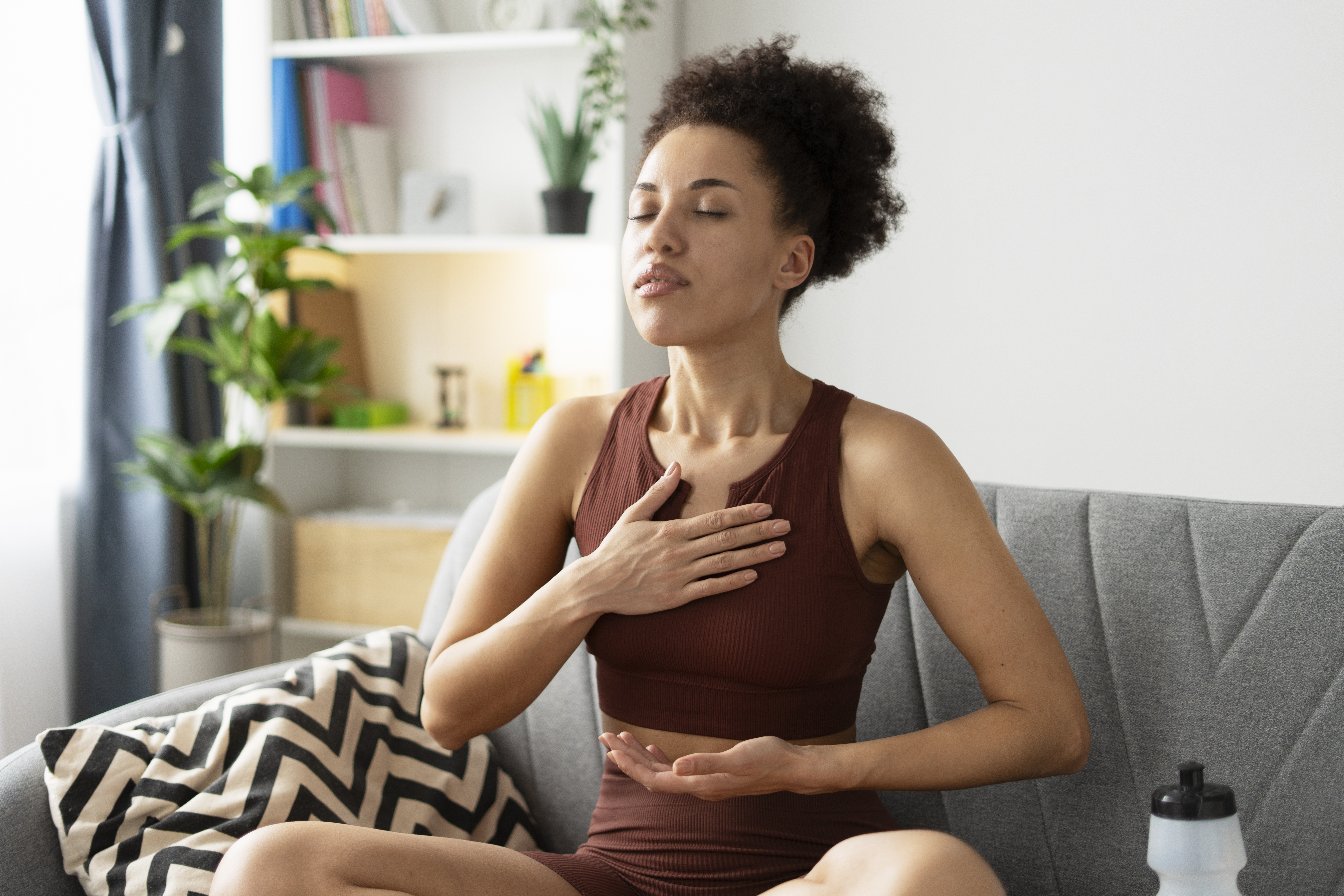
Diaphragmatic breathing, also known as belly breathing, engages the diaphragm rather than the chest. This technique encourages full oxygen exchange, which is the most efficient way to breathe. By focusing on your diaphragm, you stimulate the vagus nerve, which helps reduce heart rate and blood pressure, promoting relaxation. Practicing diaphragmatic breathing before bed can prepare your body for sleep, while during the day, it enhances cognitive function by ensuring your brain receives optimal oxygen levels. This foundational technique is essential for anyone looking to improve their sleep and focus through better breathing.
2. The 4-7-8 Breathing Technique
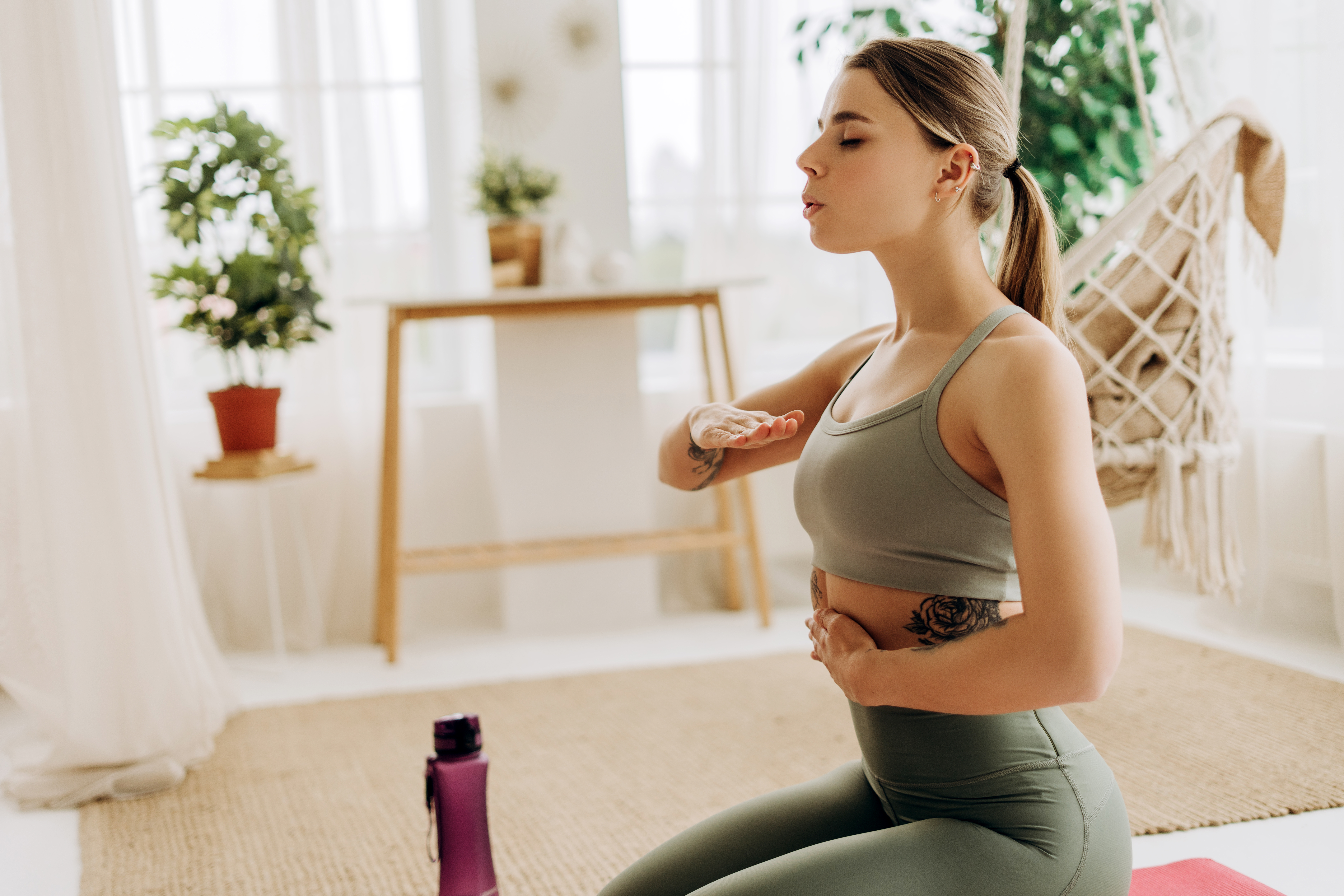
The 4-7-8 breathing technique, developed by Dr. Andrew Weil, is a powerful method for inducing calm and promoting sleep. It involves inhaling for four seconds, holding the breath for seven seconds, and exhaling for eight seconds. This pattern helps reduce anxiety and manage stress, making it easier to fall asleep. The extended exhale is particularly beneficial, as it helps expel more carbon dioxide from the lungs, allowing for a deeper intake of oxygen. Practicing this technique regularly can lead to improved sleep quality and a more relaxed state of mind, setting the stage for better focus during waking hours.
3. Nasal Breathing
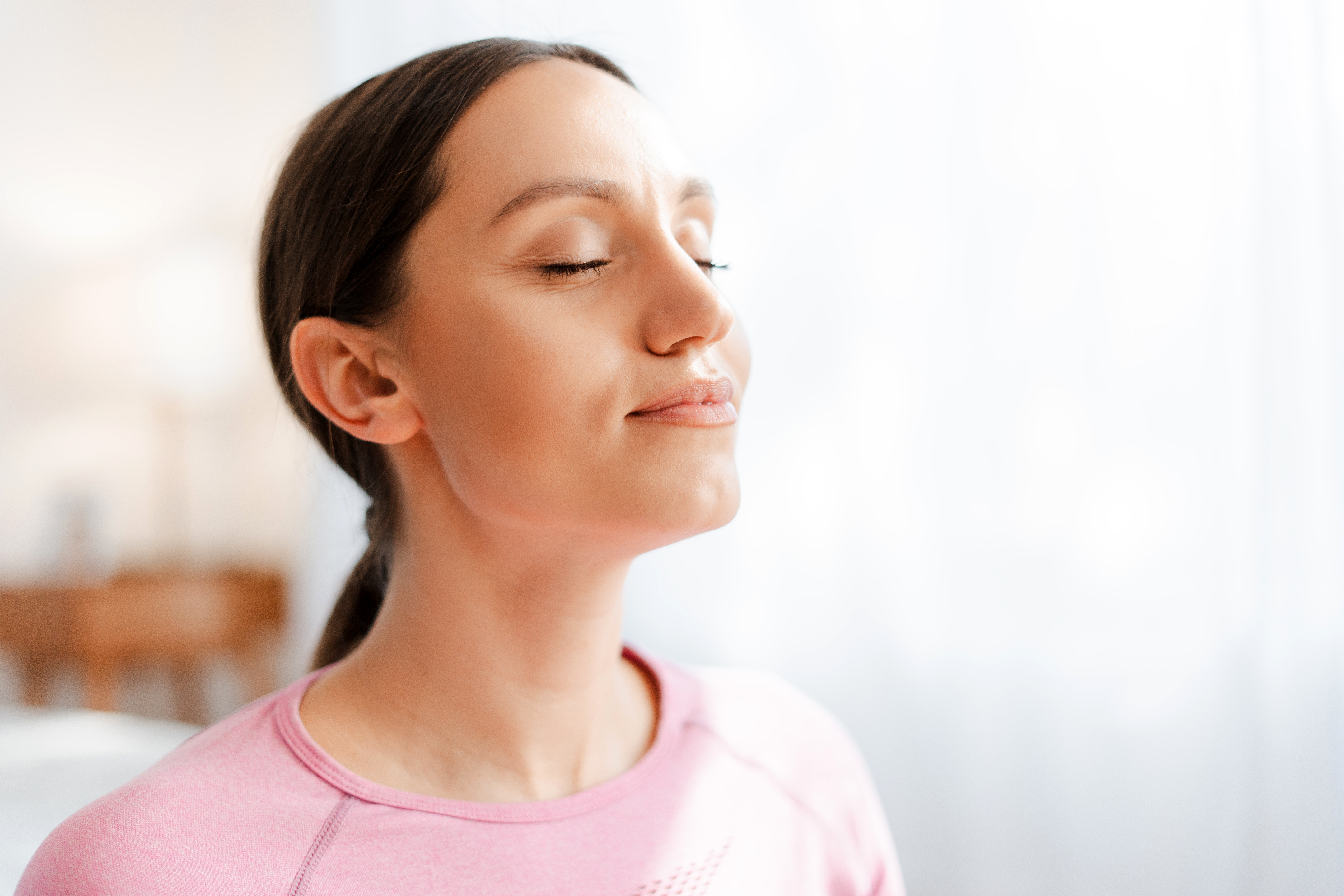
Breathing through the nose rather than the mouth has significant benefits for both sleep and focus. Nasal breathing filters, warms, and humidifies the air, which is gentler on your lungs. It also promotes the production of nitric oxide, a molecule that enhances oxygen delivery throughout the body. By encouraging a slower and more controlled breathing pattern, nasal breathing can reduce snoring and sleep apnea symptoms, leading to more restful sleep. During the day, it supports cognitive function by maintaining optimal oxygen levels in the brain, thus enhancing concentration and mental clarity.
4. Box Breathing
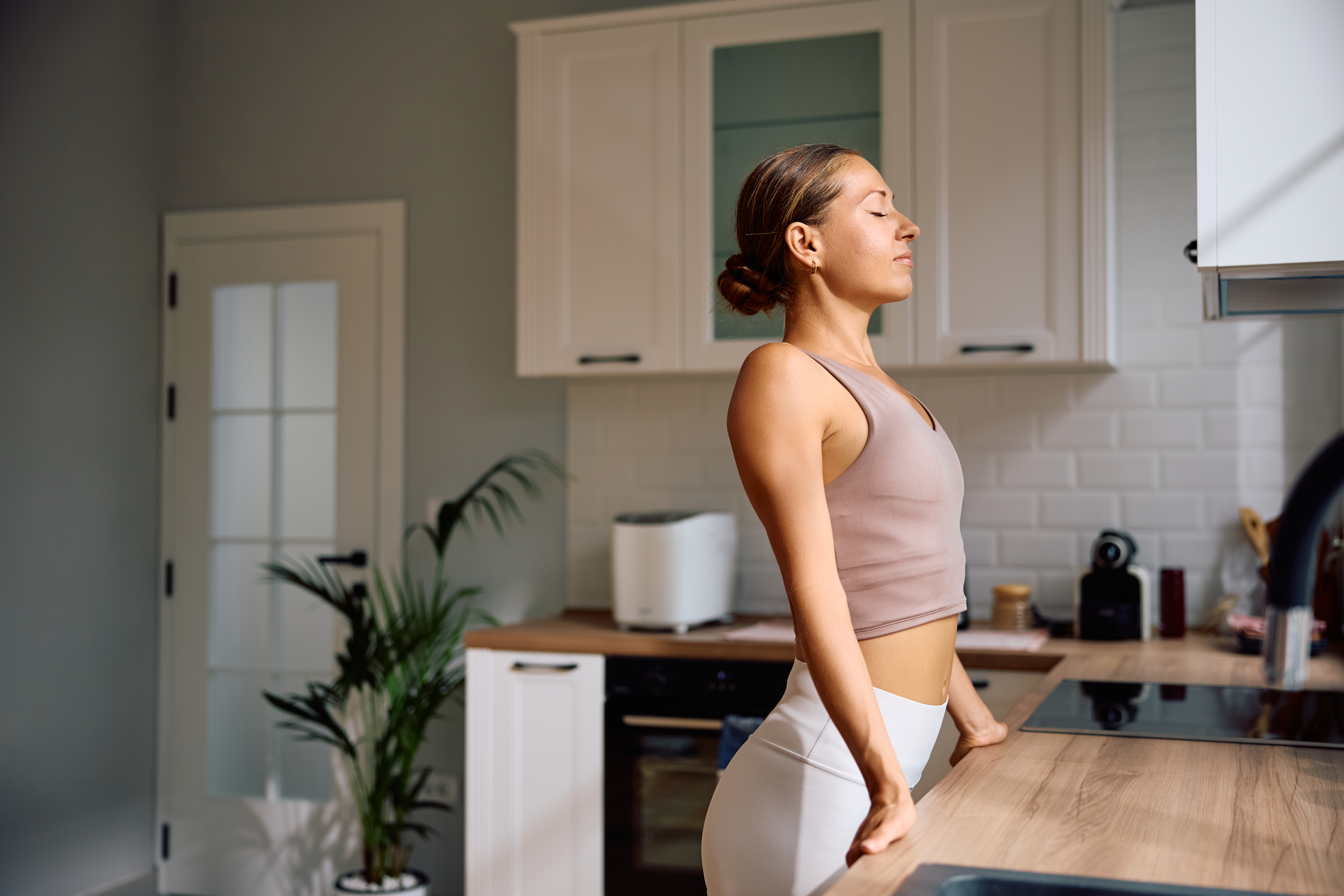
Box breathing, or square breathing, is a technique used by Navy SEALs to maintain calm and focus under pressure. It involves inhaling, holding the breath, exhaling, and holding again, each for four counts. This method helps regulate the autonomic nervous system, reducing stress and enhancing mental clarity. Practicing box breathing can be particularly useful before sleep to quiet the mind and during the day to maintain focus and composure. By integrating this technique into your daily routine, you can improve your ability to manage stress and enhance your overall cognitive performance.
5. Alternate Nostril Breathing

Alternate nostril breathing is a yogic practice that balances the two hemispheres of the brain, promoting calm and focus. By closing off one nostril and breathing through the other, you can regulate the flow of air and energy in the body. This technique helps reduce stress and anxiety, making it easier to fall asleep and stay asleep. Additionally, it enhances concentration and mental clarity by promoting a balanced state of mind. Incorporating alternate nostril breathing into your daily routine can lead to improved emotional stability and cognitive function, supporting both sleep and focus.
6. Resonant Breathing
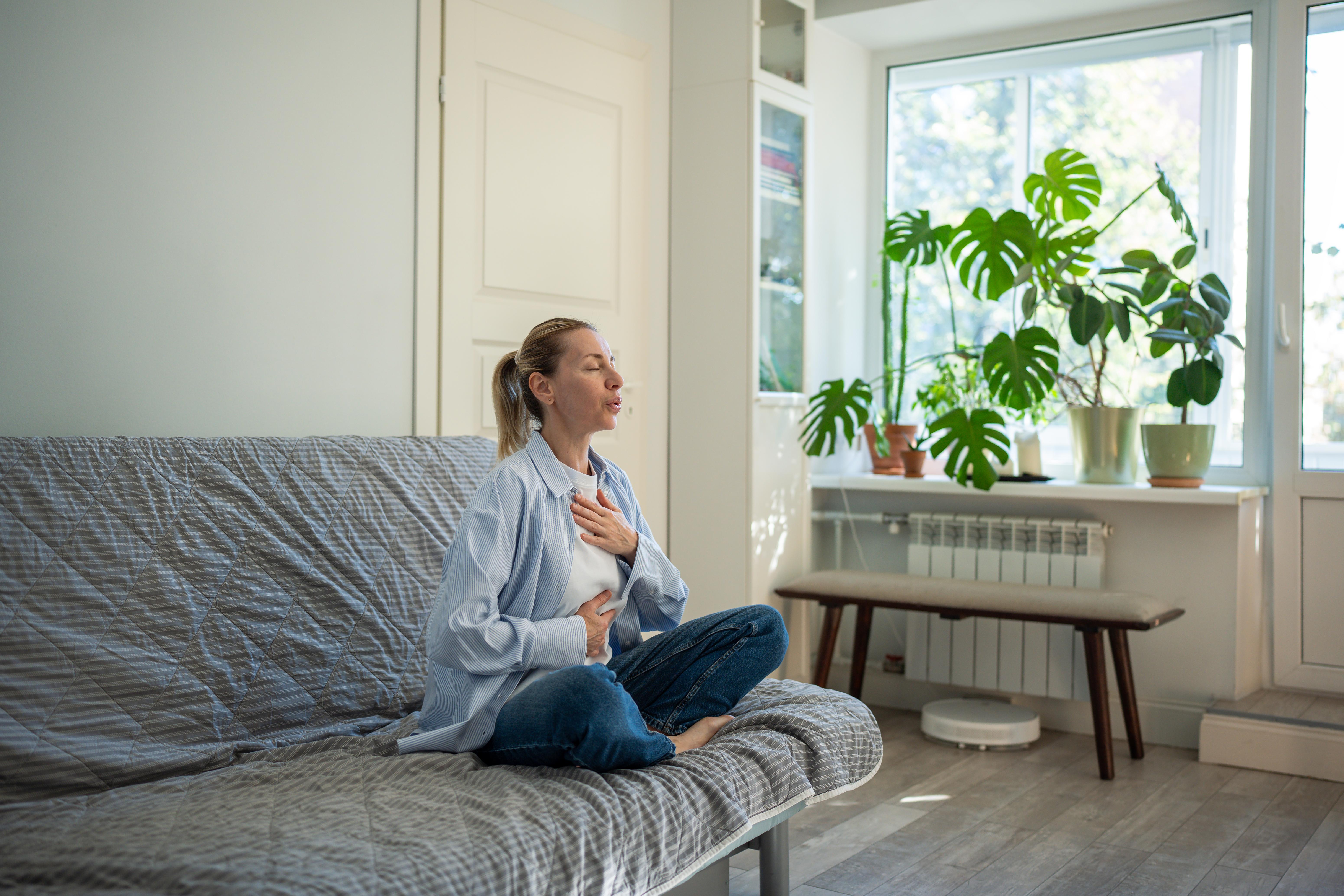
Resonant breathing, or coherent breathing, involves breathing at a rate of five to six breaths per minute. This technique optimizes heart rate variability, promoting relaxation and reducing stress. By synchronizing your breath with your heart rate, you can achieve a state of coherence that enhances emotional regulation and cognitive function. Practicing resonant breathing before bed can help you unwind and prepare for sleep, while during the day, it supports mental clarity and focus. This method is particularly beneficial for those looking to improve their emotional and cognitive resilience through better breathing.
7. The Buteyko Method
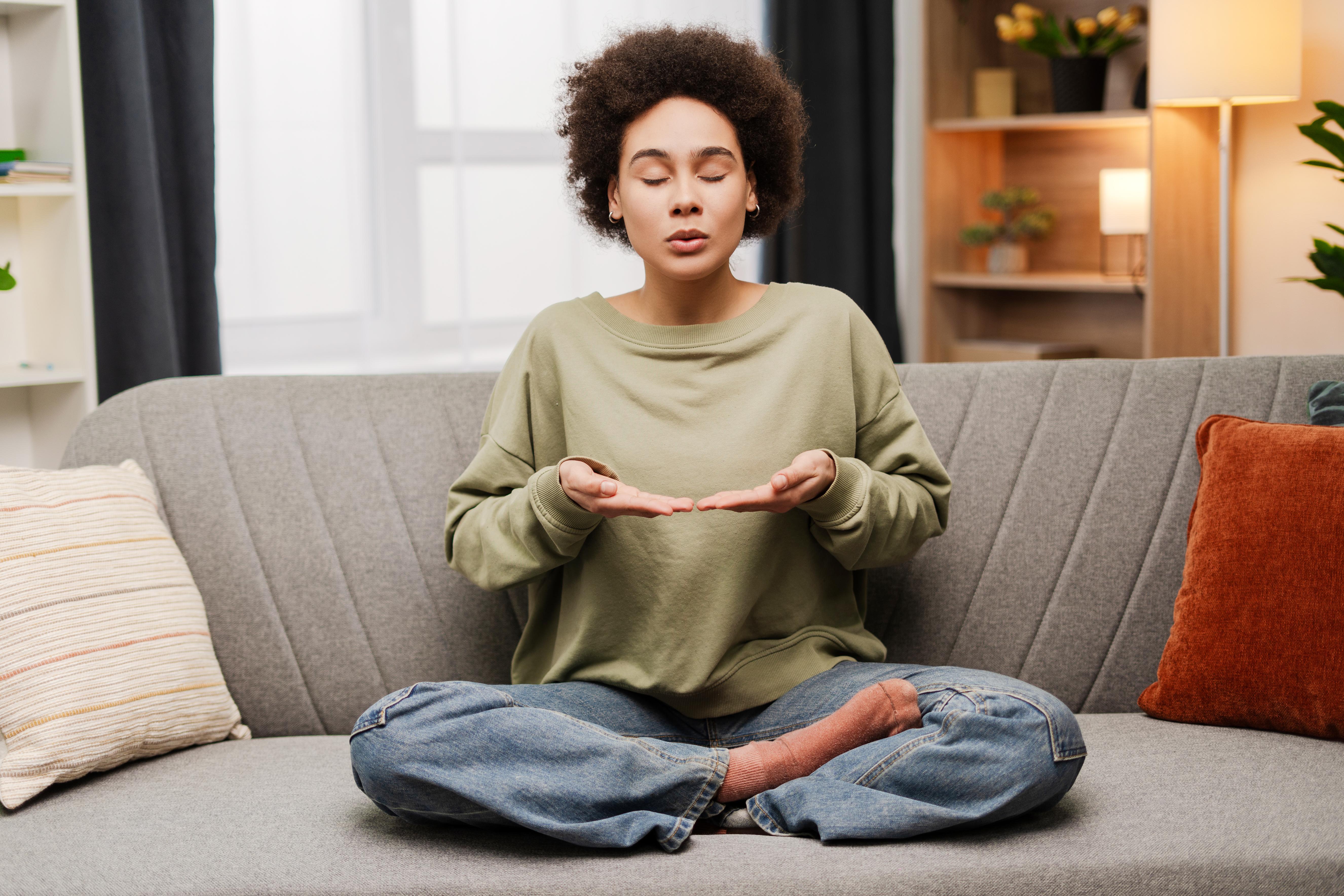
The Buteyko Method, developed by Dr. Konstantin Buteyko, focuses on reducing hyperventilation and improving carbon dioxide levels in the body. By learning to breathe more slowly and shallowly, you can enhance oxygen delivery to tissues and improve overall health. This technique is particularly beneficial for individuals with respiratory issues such as asthma or sleep apnea. By practicing the Buteyko Method, you can reduce symptoms of these conditions, leading to better sleep quality and improved focus during the day. This method underscores the importance of balanced breathing for optimal health and well-being.
8. Mindful Breathing
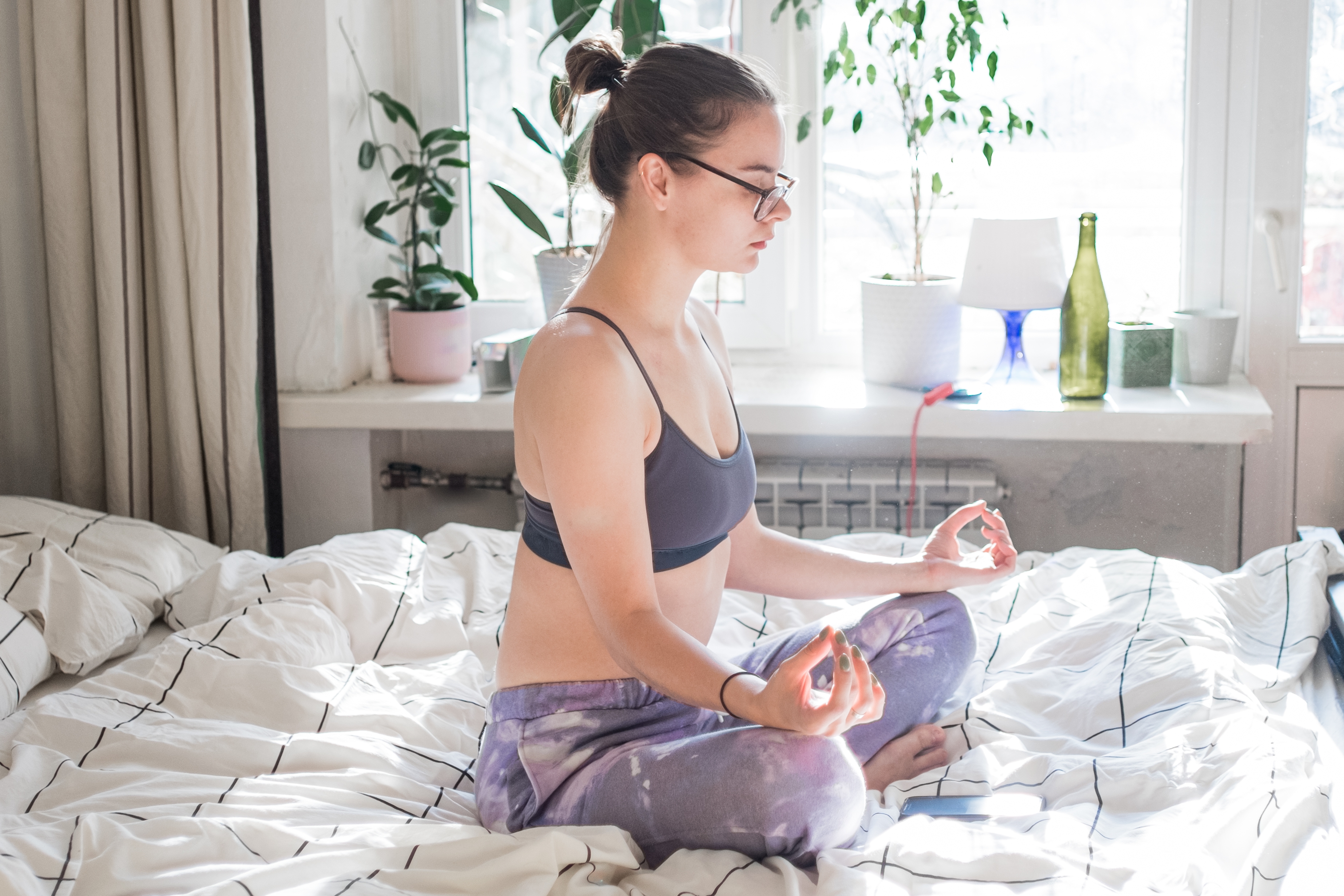
Mindful breathing is a practice that involves paying full attention to the breath as it flows in and out of the body. This technique encourages a state of mindfulness, reducing stress and promoting relaxation. By focusing on the breath, you can quiet the mind and prepare for sleep, while during the day, it enhances concentration and mental clarity. Mindful breathing is a versatile technique that can be practiced anywhere and at any time, making it a valuable tool for improving both sleep and focus. This practice highlights the power of awareness in transforming the simple act of breathing into a profound tool for well-being.
9. The Wim Hof Method
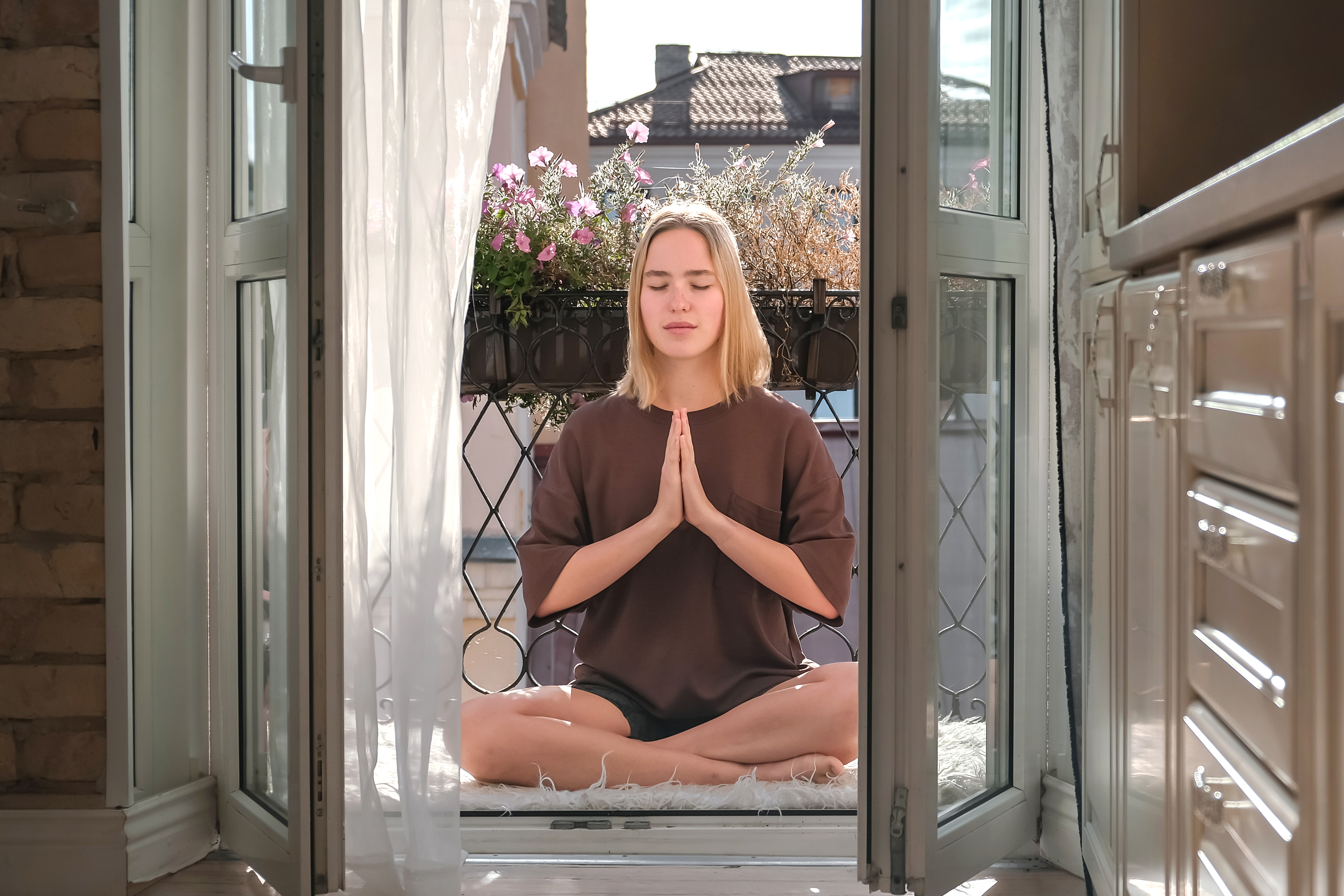
The Wim Hof Method combines breathing exercises with cold exposure and meditation to enhance physical and mental resilience. The breathing component involves deep, rhythmic breaths followed by breath retention, which helps oxygenate the body and reduce stress. This technique has been shown to improve immune function, increase energy levels, and enhance focus. Practicing the Wim Hof Method can lead to better sleep by reducing stress and anxiety, while during the day, it supports mental clarity and endurance. This method exemplifies the transformative power of breathing techniques when combined with other holistic practices.
10. Breathing and Sleep Environment
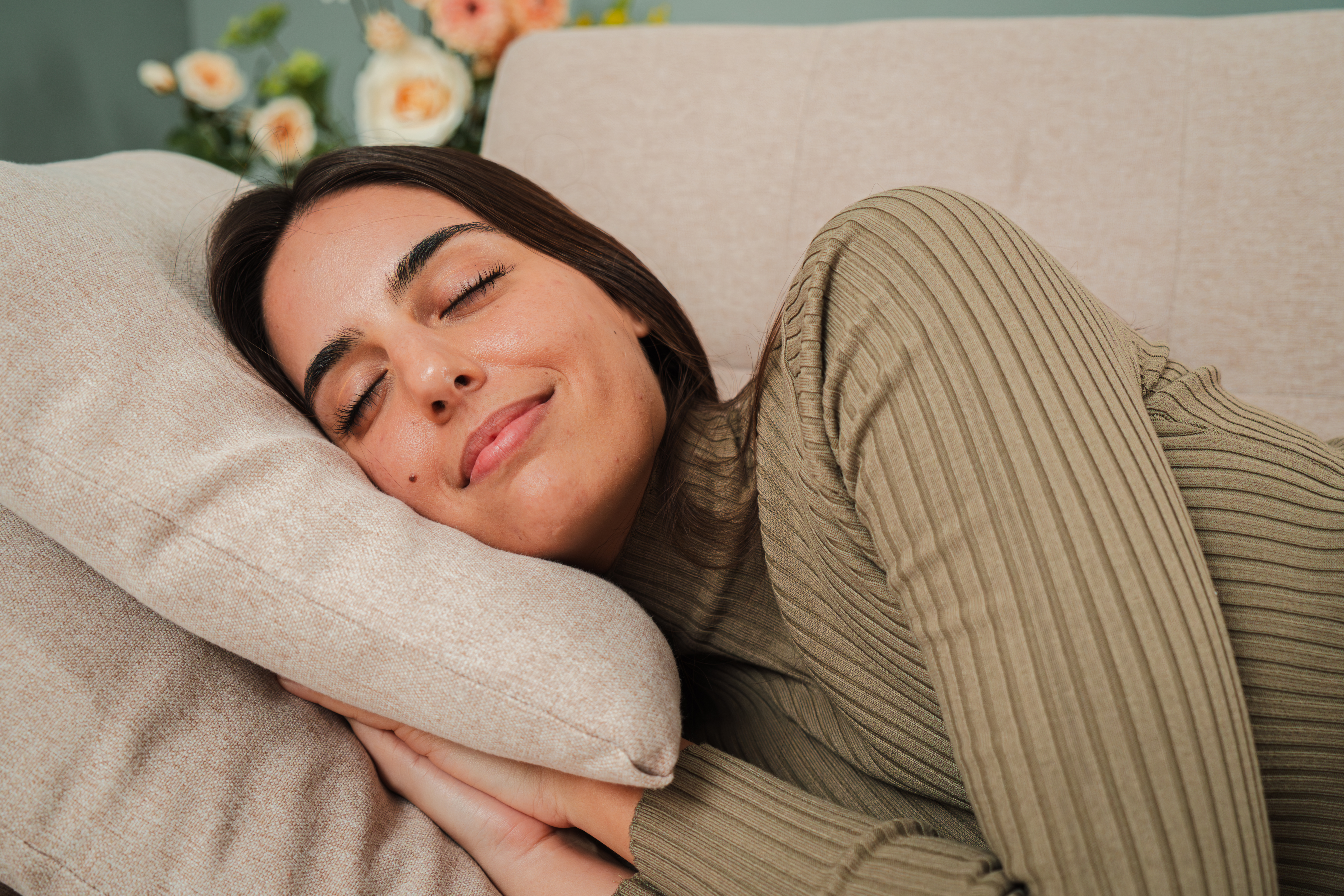
Creating an optimal sleep environment is crucial for enhancing the benefits of breathing techniques. This involves maintaining a cool, dark, and quiet bedroom, free from distractions. Additionally, incorporating plants that improve air quality, such as lavender or jasmine, can promote relaxation and better sleep. Ensuring proper ventilation and humidity levels can also enhance the effectiveness of breathing techniques by providing clean, fresh air. By optimizing your sleep environment, you can amplify the benefits of breathing practices, leading to more restorative sleep and improved focus during the day.
11. Technology and Breathing Apps
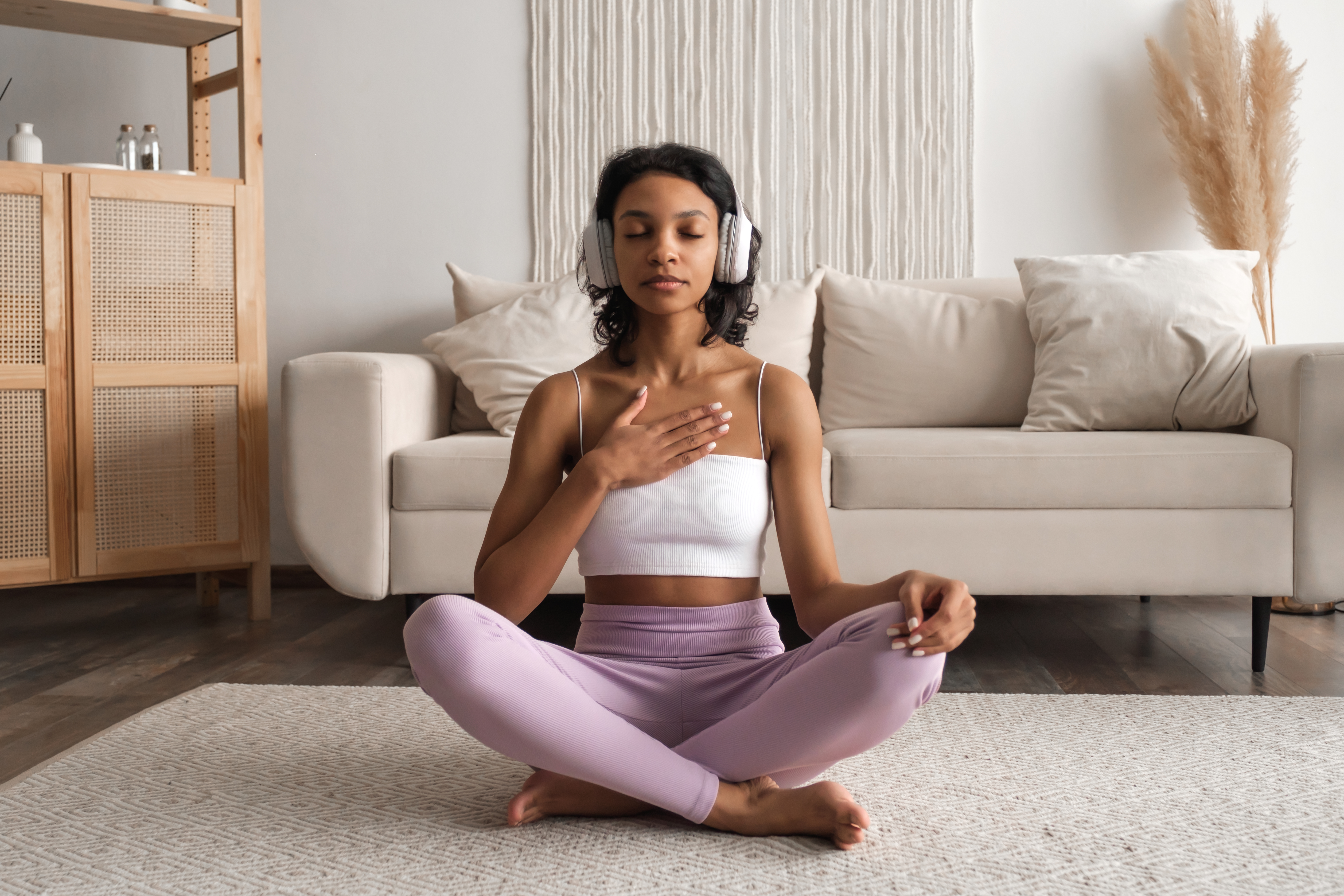
Incorporating technology into your breathing practice can provide valuable guidance and support. Various apps offer guided breathing exercises, tracking, and reminders to help you stay consistent with your practice. These tools can be particularly useful for beginners, providing structure and accountability. By using technology to support your breathing practice, you can enhance your ability to manage stress, improve sleep quality, and maintain focus throughout the day. This integration of technology and traditional techniques highlights the potential for modern tools to enhance timeless practices.
12. Breathing and Physical Exercise
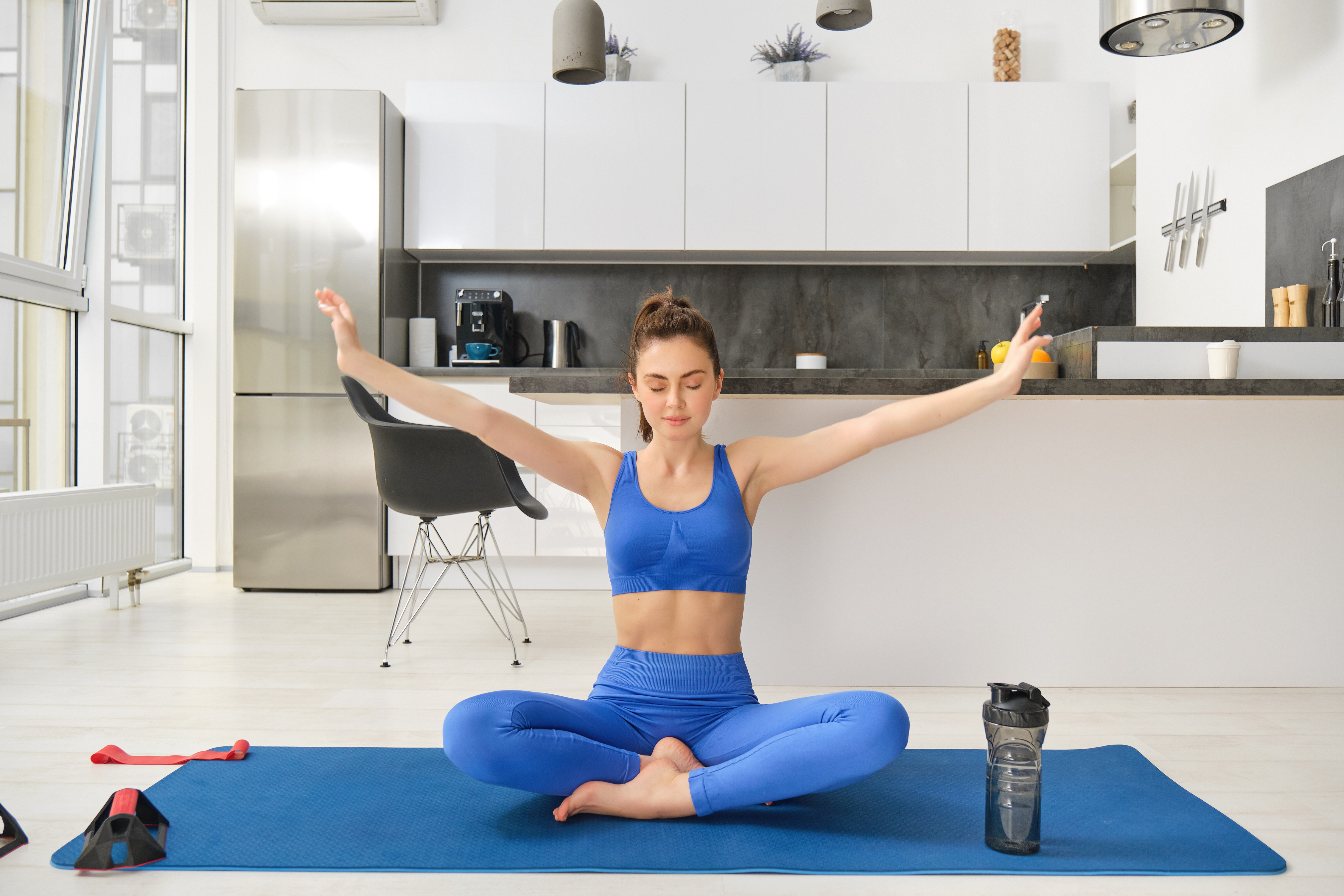
Physical exercise complements breathing techniques by enhancing lung capacity and promoting overall health. Activities such as yoga, tai chi, and pilates emphasize breath control, improving both respiratory function and mental focus. Regular exercise can also reduce stress and improve sleep quality, creating a positive feedback loop with your breathing practice. By integrating physical exercise with breathing techniques, you can enhance your overall well-being, leading to better sleep and improved cognitive performance. This holistic approach underscores the interconnectedness of physical and mental health.
13. Nutrition and Breathing

Nutrition plays a crucial role in supporting optimal breathing and overall health. Consuming a balanced diet rich in antioxidants, omega-3 fatty acids, and essential vitamins and minerals can enhance respiratory function and reduce inflammation. Hydration is also key, as it helps maintain healthy mucous membranes in the respiratory tract. By supporting your breathing practice with proper nutrition, you can enhance the benefits of breathing techniques, leading to improved sleep and focus.
14. Breathing and Mental Health

Breathing techniques have a profound impact on mental health, helping to reduce symptoms of anxiety, depression, and stress. By promoting relaxation and enhancing emotional regulation, these techniques can improve mood and cognitive function. Practicing breathing exercises regularly can lead to a more balanced state of mind, supporting both sleep and focus.
Embrace the Power of Breath
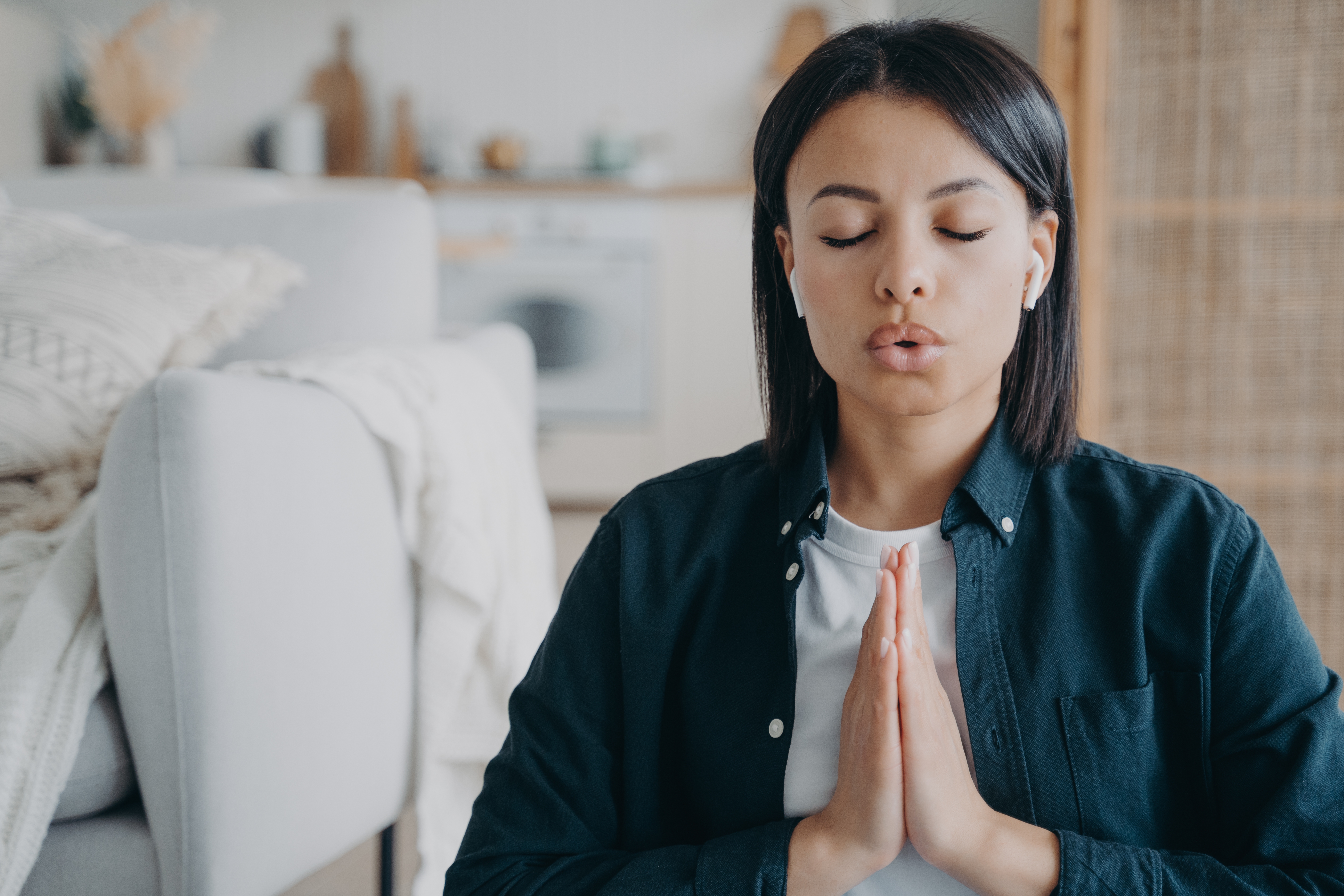
Your breath is more than just survival—it’s strategy. These 14 air hacks aren’t quick fixes; they’re daily rituals that fine-tune your nervous system, calm your mind, and upgrade how you move through the world. When you breathe with intention, you give your body permission to heal, your mind space to focus, and your nights a chance to truly restore. Sleep gets deeper. Energy lasts longer. Clarity cuts through the fog. And it all begins with one inhale. One exhale. Over time, these small shifts compound into profound change. So whether you’re rewiring a stress response or simply trying to stay present in a fast-paced world, remember this: your next breath can be your next breakthrough.
